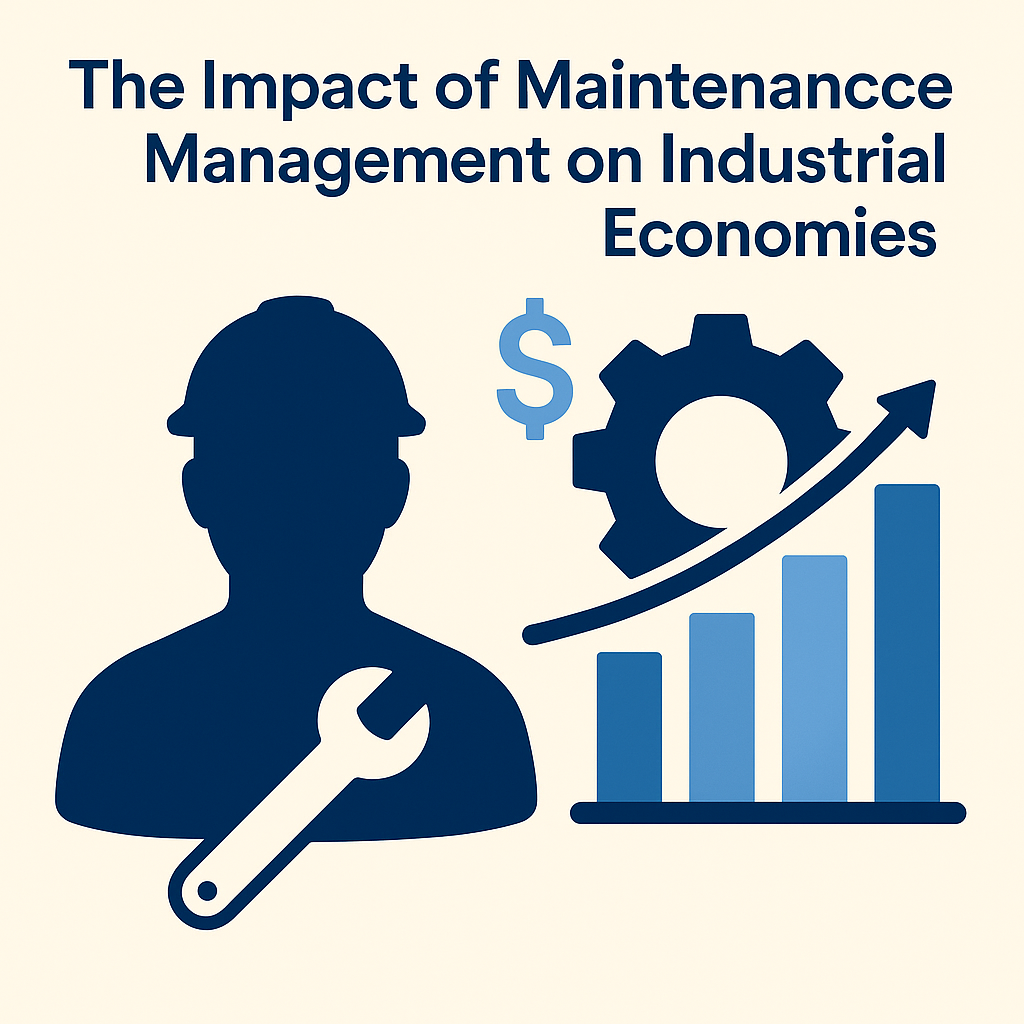The Impact of Maintenance Management on Industrial Economies

The effective organization and management of maintenance functions are not merely operational necessities but have a significant impact on the economies of industries. As highlighted in a paper by Ajay S. Bonde and Ashwadeep C. Fulzele, maintenance is a multifaceted discipline, blending scientific principles with practical art. It's a vital function that ensures the reliability and efficiency of production, directly influencing profitability and overall industrial performance.
The paper emphasizes that maintenance extends beyond simple preventative measures. It's a science because it relies on various scientific and technological principles, and an art due to the need for adaptable approaches and the varying aptitude of individuals involved. Recognizing the inherent conflict that can arise between production and maintenance departments, the authors stress the importance of clearly defined responsibilities for optimal operational flow.
Organizing for Efficiency:
The way a maintenance function is organized plays a crucial role in its effectiveness. Organization, as the paper defines, is the process of arranging resources to achieve strategic goals. The structure adopted dictates task assignments, workflows, reporting relationships, and communication channels. While there isn't a universal "best" structure, organizations must view their structures as dynamic entities that evolve with changes in technology, processes, and the environment.
Historically, maintenance lagged behind other areas of industrial management in adopting formal techniques and information technology. However, with increasing awareness of poor maintenance's impact on profitability – potentially consuming 2-10% of a manufacturing company's revenue and even higher in sectors like transportation – contemporary management now recognizes maintenance as integral to productive operations, high-quality products, and the reliability demanded by modern automation and lean manufacturing principles. For companies looking to modernize their approach, solutions like MaintainNow offer tools to enhance efficiency.
Key Considerations in Maintenance Organization:
The paper outlines several crucial factors influencing the structure and position of the maintenance organization within a company. These include the type of business, organizational objectives (like profit maximization or quality standards), the size and overall structure of the organization, its culture, and the scope of responsibilities assigned to the maintenance department. Aligning maintenance objectives with overarching organizational goals is paramount, as maintenance directly impacts factors like profitability, service quality, cost minimization, safety, and human resource development.
Centralized vs. Decentralized Approaches:
The paper also discusses different models of maintenance organization:
- Centralized Maintenance: Offers greater flexibility, better skill utilization, and potentially lower overall staffing levels due to economies of scale.
- Decentralized Maintenance: Provides quicker response times and a stronger sense of ownership at the department level. However, it can lead to reduced flexibility and less efficient manpower utilization.
- Hybrid (Cascade) Systems: These combine the advantages of both centralized and decentralized models by organizing maintenance regionally, with a central unit handling tasks exceeding the capacity of individual areas. Modern CMMS platforms, such as those offered by MaintainNow, can support both centralized and decentralized structures.
In-House vs. Outsourcing:
Another critical decision is whether to handle maintenance in-house, outsource it, or adopt a combination of both. Strategic, technological, and economic factors guide this decision. Considerations include the long-term availability and dependability of the source, its capability to meet maintenance objectives, short-term and long-term costs, potential leakage of organizational secrets, the long-term impact on in-house expertise, and any specific requirements from manufacturers or regulatory bodies. Outsourcing is often considered for specialized tasks, work requiring skills readily available in the market, or when it proves more cost-effective than hiring permanent staff.
The Rise of Maintenance Cooperation:
The increasing complexity of equipment and the need to minimize costs have led to the development of maintenance cooperation. Companies often find it necessary to collaborate to access specialized skills and resources. This requires defining a cooperation policy, establishing clear specifications, ensuring central coordination and control (often aided by technology, potentially through systems like MaintainNow ), and possibly creating a dedicated department to manage these partnerships.
Designing for Excellence:
Ultimately, the design of a maintenance organization is a dynamic process driven by the desire for continuous improvement. Maintenance and plant managers often revisit and adjust their organizational structures, adapting to new technologies and evolving needs. Establishing an effective maintenance organization requires an objective approach that considers the various factors influencing its performance, with competencies and continuous improvement serving as guiding principles.
Conclusion:
The paper effectively argues that the organization and management of maintenance functions are critical determinants of industrial economic performance. By understanding the principles of maintenance management, considering various organizational structures, and making informed decisions about in-sourcing and out-sourcing, industries can optimize their operations, reduce costs, enhance reliability, and ultimately achieve greater economic success. The evolving landscape of technology and competition underscores the continuous need for businesses to adapt and refine their maintenance strategies for sustained economic viability.
